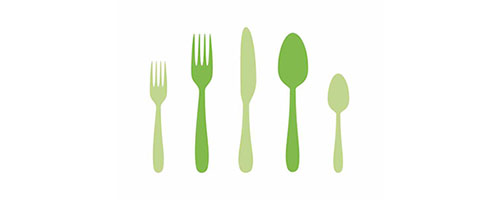Recipe
Greg's Vegetarian Chili

Ingredients
(yellow onionswork better than vidalia, but vidalia can be used)
Preparation
wash the pepper and cut into thin strips.Put pepper strips into large pot.
Add a little bit of olive oil and cook on high heat.
Stir periodically.
while pepper is cooking, cut onion into small pieces
(not so small that the pieces are diced).
when cut, add onion into pot.
Continue to cook the peppers and onions until the peppers get a little soft, and some of the onion pieces start to get brown.
Turn heat to the lowest setting possible without the stove being off.
Add tomato puree, crushed tomatoes, and both cans of beans.
Stir.
The mixture will now be very soupy.
Stir in TVP. Be sure to do this very slowly.
The TVP absorbs water.
If you add in too much TVP, you will get a solid block of chili.
You can compensate for a little too much TVP by adding some water, but that can only do so much.
If you have added way too much TVP, the only way to salvage the chili is by putting in some more tomato puree.
Enough TVP should be added so that once it has absorbed the moisture, the chili has a good consistency - not too watery but not too solid.
Add spices to taste.
I've found that the cumin is the most important because it gives the chili its heartiness.
The cayenne pepper sauce gives it a nice tang.
I can't even tell the difference between when I add the cilantro and when I don't, though I continue to use it.
It would probably have more of an effect if I had access to fresh cilantro.
Stir periodically.
At low heat, the chili takes just over and hour to heat up to a good temperature for eating.
Recipe makes about six servings.
The best part:
It tastes much better the next day.
I save unused portions in the refrigerator and
- if it's going to be a bit longer before I eat it - the freezer.
|
Should you try this recipe out we would be very grateful for a photo of the finished dish.
Please send by E-Mail to rezepte(at)vegetarismus.ch (JPEG or TIFF format). Thank you in advance. |
This recipe from Greg Paula - gppaula@nac.net was inserted by Renato Pichler / 2002-04-30 22:26:54
Die Daten stammen aus der Datenbank der Europäischen Vegetarier Union in Kooperation mit Swissveg.
